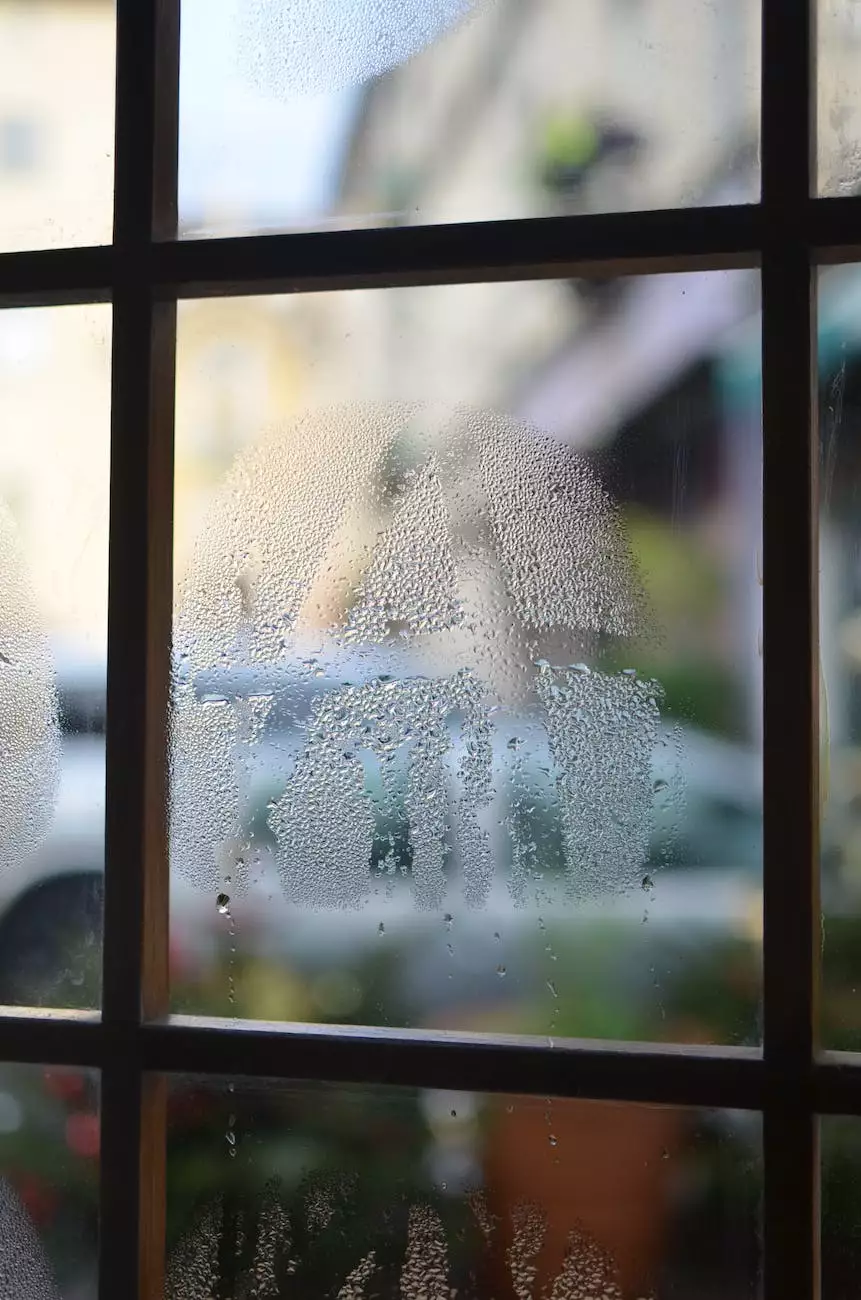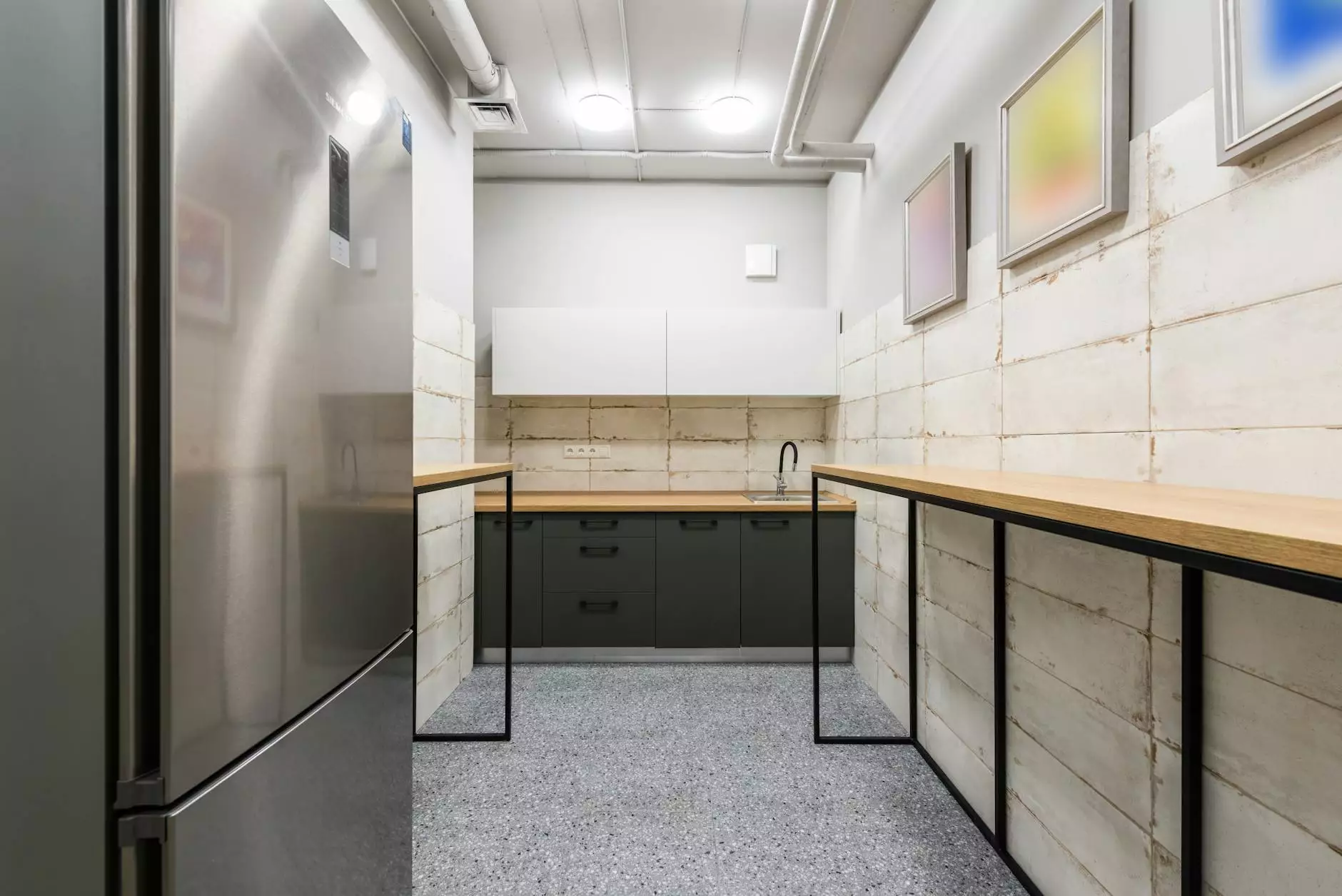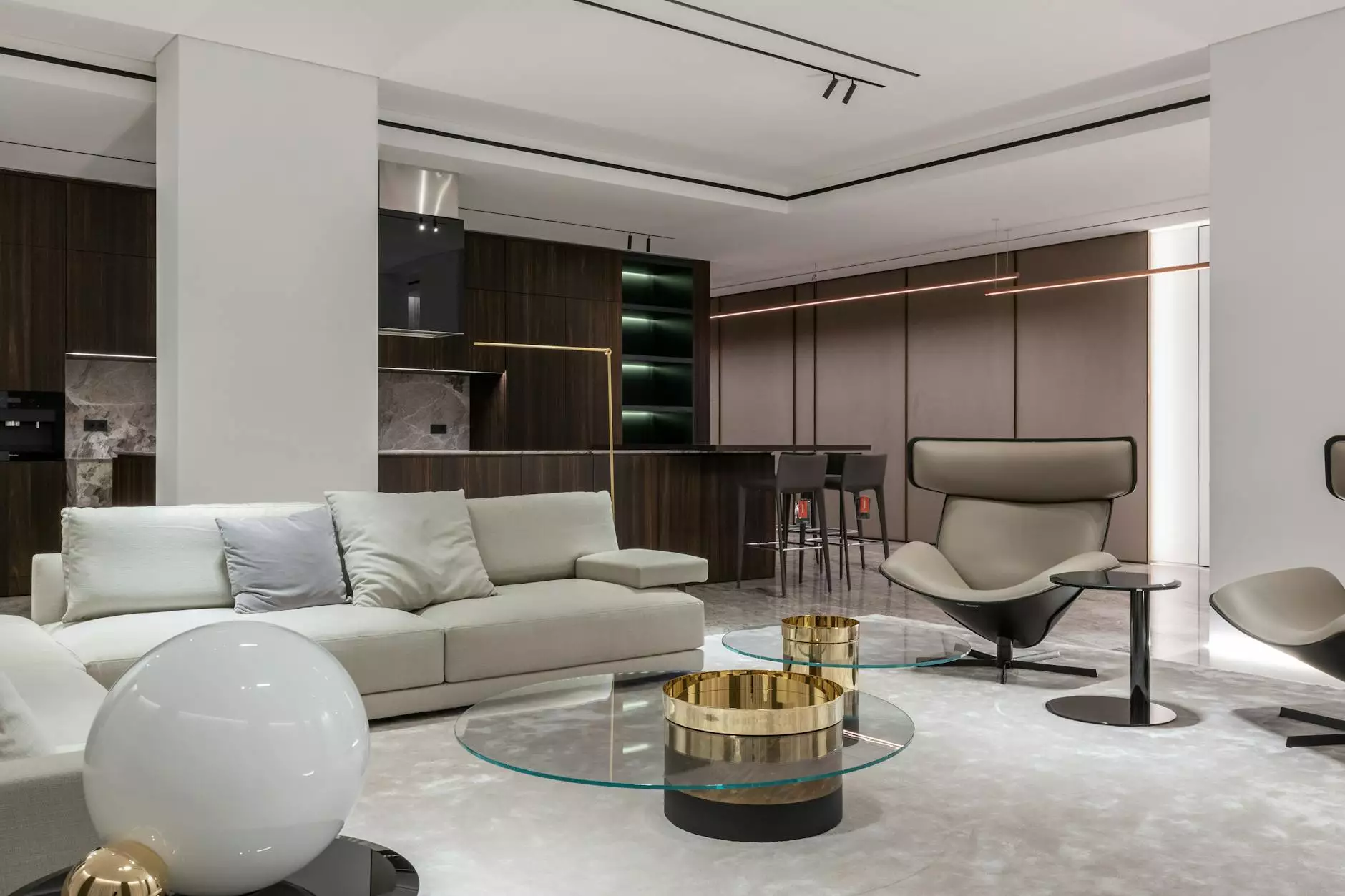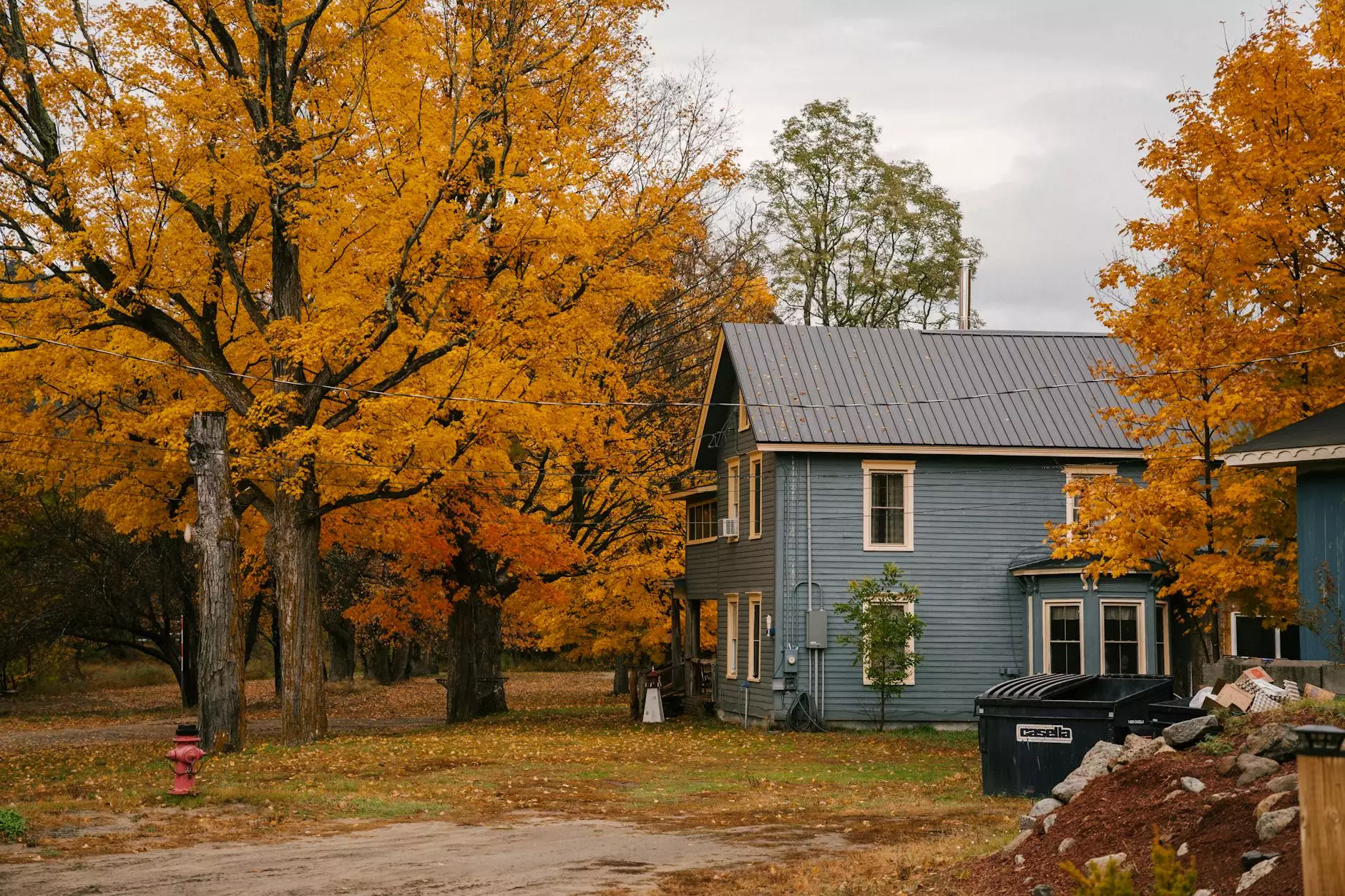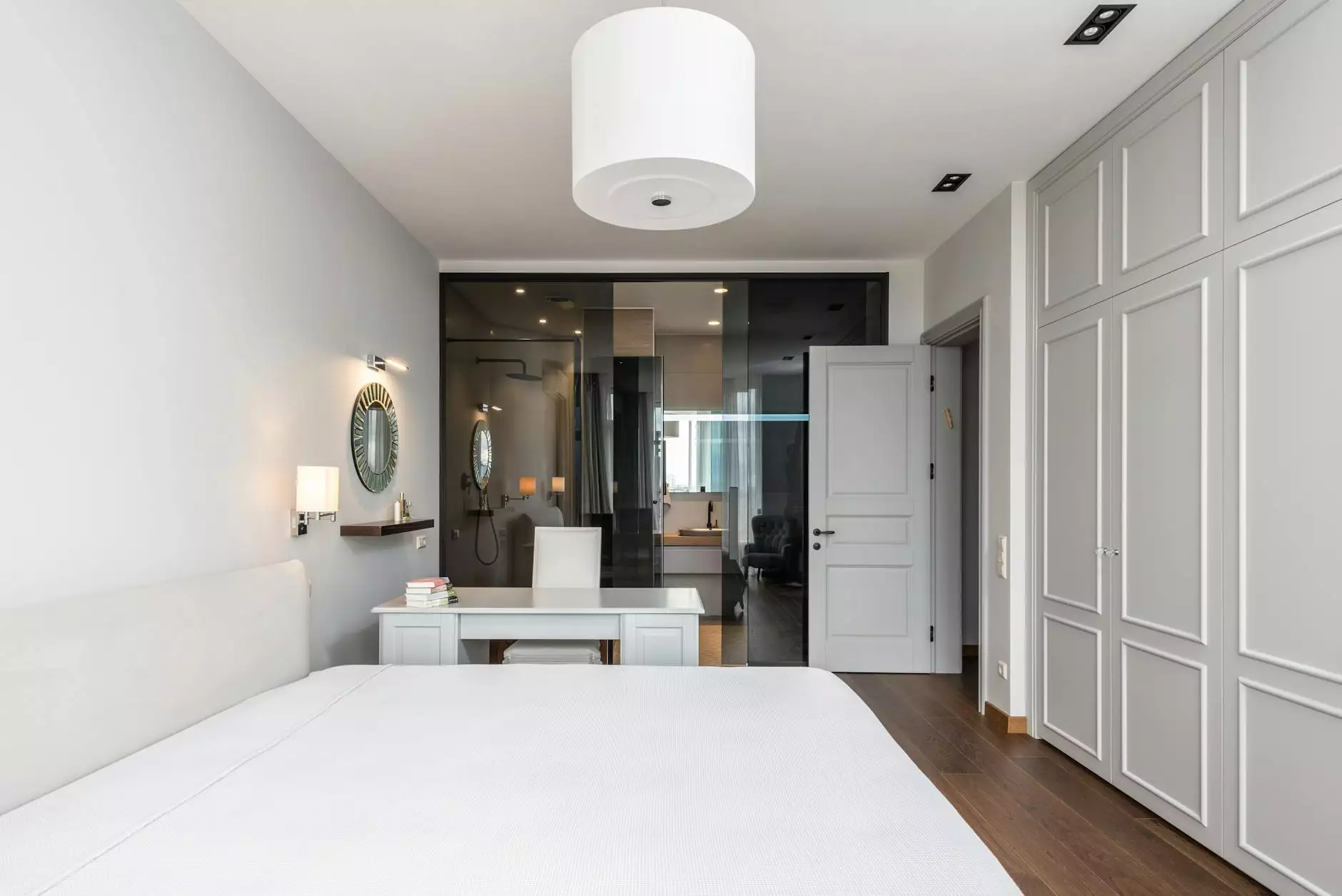Clone of Design Your Tiny House

Welcome to Clauson Construction's detailed guide on designing your very own tiny house. Whether you're looking for a cozy retreat or a minimalist living space, our expert team is here to guide you through the entire process. We understand that no two tiny houses are the same, and we're dedicated to helping you create a unique space that fits your lifestyle.
1. Planning Your Tiny House
Before diving into the design process, it's crucial to plan out your tiny house thoroughly. Consider factors such as size, layout, and your specific needs. Start by sketching out a floor plan, noting the different areas you'd like to include in your tiny house, such as a kitchen, bathroom, living area, and bedroom.
Think about how you use each space in your current home and how those needs can be translated into the tiny house design. Don't forget to account for sufficient storage solutions and multi-functional furniture to maximize the available space.
2. Choosing the Right Materials
When it comes to building a tiny house, selecting the right materials is essential for both aesthetics and functionality. Opt for lightweight and durable materials that are easy to work with and maintain. Consider using sustainable options such as reclaimed wood or eco-friendly building materials to reduce your ecological footprint.
Insulation is also crucial in a tiny house to ensure energy efficiency and year-round comfort. Research and invest in insulation options that suit your climate and budget. Additionally, choose energy-efficient windows and doors to enhance natural light and ventilation while minimizing heat loss or gain.
3. Building Codes and Regulations
Before starting the construction of your tiny house, it's vital to research and understand the local building codes and regulations. Every region may have different requirements regarding minimum square footage, zoning, and utility connections.
By familiarizing yourself with these regulations, you can ensure that your tiny house complies with all legal requirements. Consult with professionals, such as architects or contractors, who specialize in tiny house construction to help you navigate the specific codes and regulations in your area.
4. Functional Interior Design
Designing the interior of your tiny house requires careful consideration of each element's functionality and efficiency. With limited space, it's important to prioritize and optimize the layout to create a comfortable living area.
Consider built-in storage solutions such as hidden cabinets, wall-mounted shelves, or multi-purpose furniture like storage beds, convertible tables, or slide-out drawers. Maximize vertical space by utilizing tall bookshelves or loft areas for additional storage or sleeping quarters. Remember, every square inch matters in a tiny house!
5. Creating a Cozy Atmosphere
While functionality is important, creating a cozy and inviting atmosphere is equally crucial in a tiny house. Choose a color palette that reflects your personal style and helps create a sense of harmony and tranquility. Lighter colors can make small spaces appear larger, while warm tones add coziness.
Integrate natural elements and textures like wood, stone, or plants into your design to bring warmth and comfort. Use proper lighting techniques, such as recessed lights or pendant lamps, to create the illusion of a bigger space and add ambiance. Don't forget to add personal touches like artwork or photographs to make your tiny house feel like home.
6. Practical Exterior Design
The exterior design of your tiny house plays a significant role in its overall appeal. Think about the materials, colors, and architectural style that resonate with you. Incorporate design elements that blend seamlessly with the surrounding environment or stand out as a unique statement.
Consider adding functional outdoor spaces such as a small porch, balcony, or rooftop garden to extend the living area. These spaces can serve as an outdoor oasis or a place to connect with nature, further enhancing the overall experience of your tiny house.
7. Green and Sustainable Solutions
Embracing green and sustainable solutions is a hallmark of modern tiny house design. Consider integrating renewable energy systems like solar panels, rainwater harvesting, or composting toilets to reduce your reliance on traditional utilities.
Incorporate energy-efficient appliances and fixtures to further minimize your environmental impact. Utilize natural ventilation and insulation techniques to reduce the need for excessive heating or cooling systems. By adopting these sustainable practices, you not only reduce your carbon footprint but also lower your long-term utility costs.
8. The Joy of Living in a Tiny House
Living in a tiny house offers countless possibilities and rewards. It allows you to lead a simpler life, be more mindful of your belongings, and focus on experiences rather than material possessions. Moreover, tiny houses can be highly flexible and portable, enabling you to explore different locations or have a mobile lifestyle.
It's important to remember that designing a tiny house requires thoughtful planning and a balance between functionality, aesthetics, and sustainability. Consult with professional architects, designers, or contractors who specialize in tiny house construction to bring your vision to life.
At Clauson Construction, we're passionate about realizing your tiny house dreams. With our expert team, attention to detail, and commitment to excellence, we'll help you create a beautiful and functional space that reflects your unique style and values.
Start your journey to designing your perfect tiny house with Clauson Construction today!



